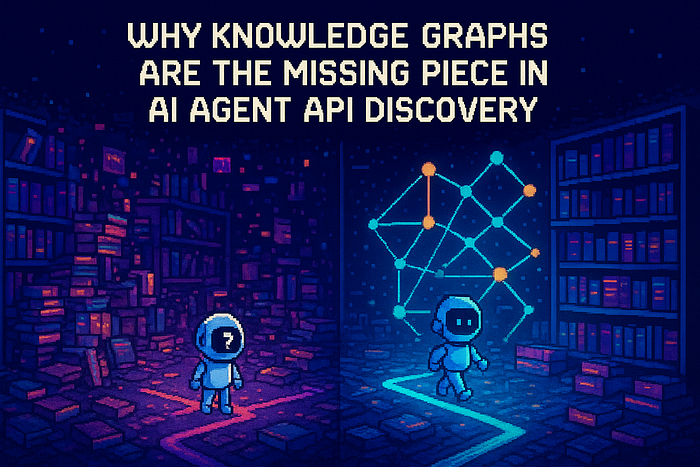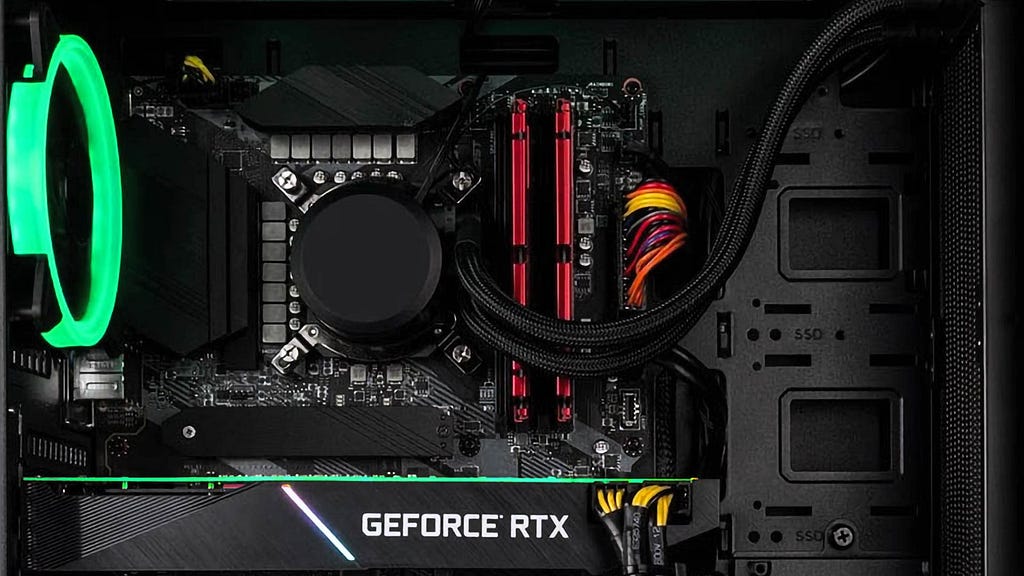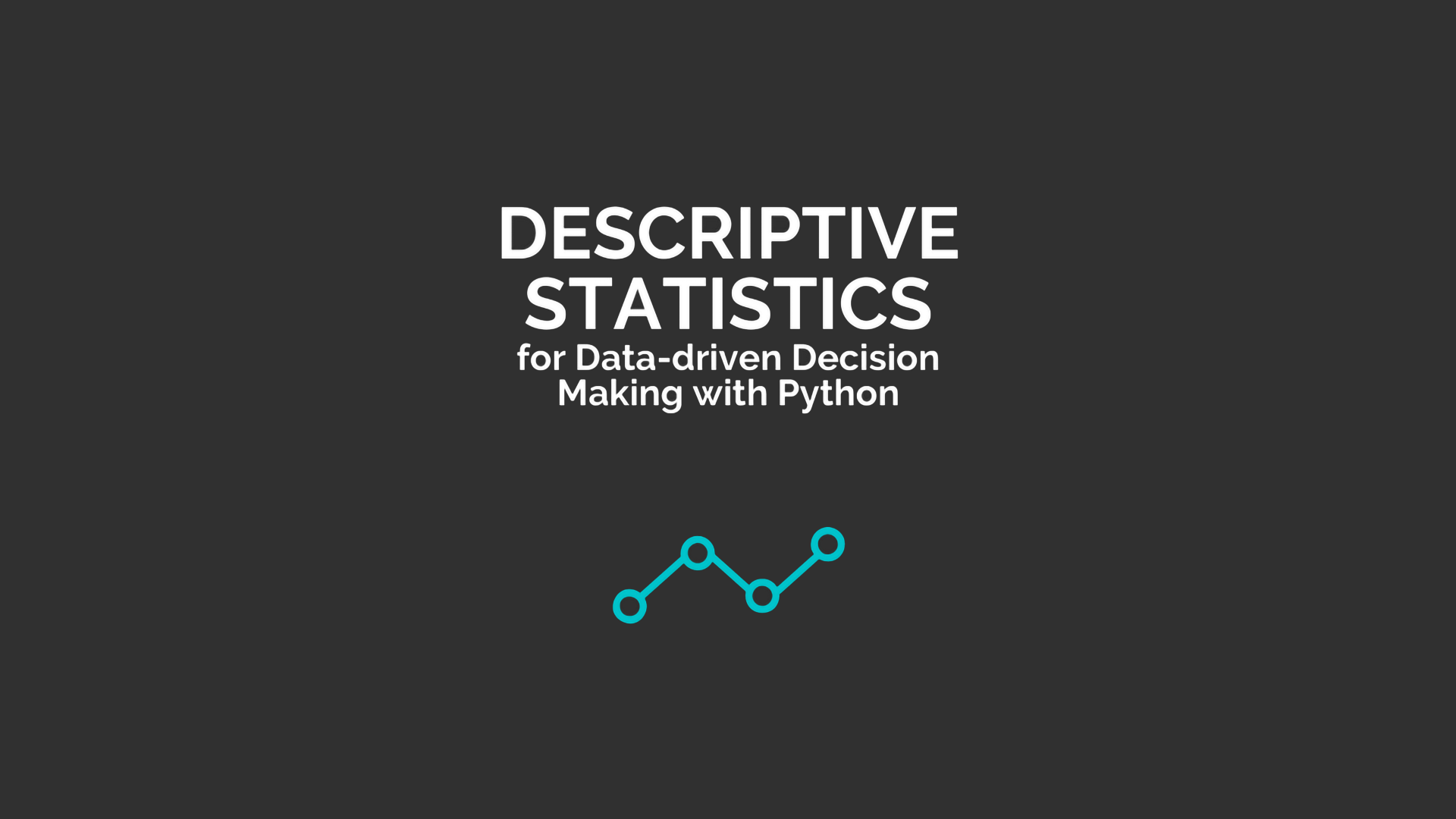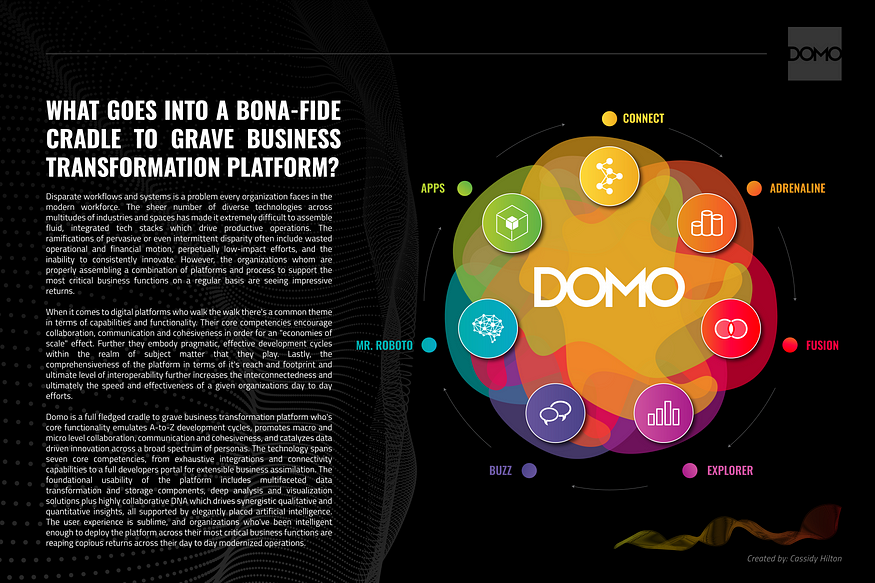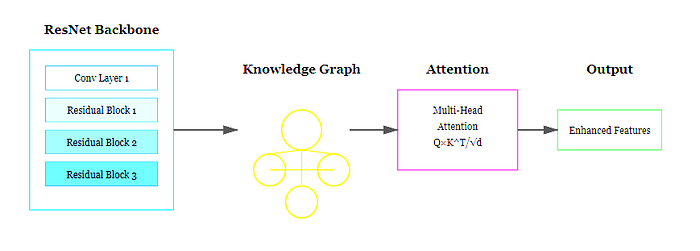
From Messy EHRs to 30-Day Readmission Predictions: Benchmarking 4 ML Models
Last Updated on August 29, 2025 by Editorial Team
Author(s): Marie Humbert-Droz, PhD
Originally published on Towards AI.
Patient-level splits, imputation hacks, and interpretability tips for real-world healthcare AI.
In Part 1, we explored why explainability matters in healthcare AI and introduced our 30-day readmission prediction model. We discussed the critical need for transparency when AI systems influence patient care decisions. Now, we’ll dive into the practical work of building multiple predictive models while addressing the unique challenges of healthcare data.

This article discusses the critical aspects of implementing machine learning models in healthcare, particularly focusing on preprocessing steps, model selection, and the treatment of missing data. Key strategies including patient-level data splitting, various imputation techniques, and the integration of interpretability into AI solutions are emphasized to ensure reliable and clinically meaningful outcomes. Multiple machine learning models, such as logistic regression, random forests, and deep learning, are compared to illustrate their respective strengths and limitations in healthcare predictions, ultimately guiding practitioners in selecting the most appropriate approach for their needs.
Read the full blog for free on Medium.
Join thousands of data leaders on the AI newsletter. Join over 80,000 subscribers and keep up to date with the latest developments in AI. From research to projects and ideas. If you are building an AI startup, an AI-related product, or a service, we invite you to consider becoming a sponsor.
Published via Towards AI
Take our 90+ lesson From Beginner to Advanced LLM Developer Certification: From choosing a project to deploying a working product this is the most comprehensive and practical LLM course out there!
Towards AI has published Building LLMs for Production—our 470+ page guide to mastering LLMs with practical projects and expert insights!

Discover Your Dream AI Career at Towards AI Jobs
Towards AI has built a jobs board tailored specifically to Machine Learning and Data Science Jobs and Skills. Our software searches for live AI jobs each hour, labels and categorises them and makes them easily searchable. Explore over 40,000 live jobs today with Towards AI Jobs!
Note: Content contains the views of the contributing authors and not Towards AI.



